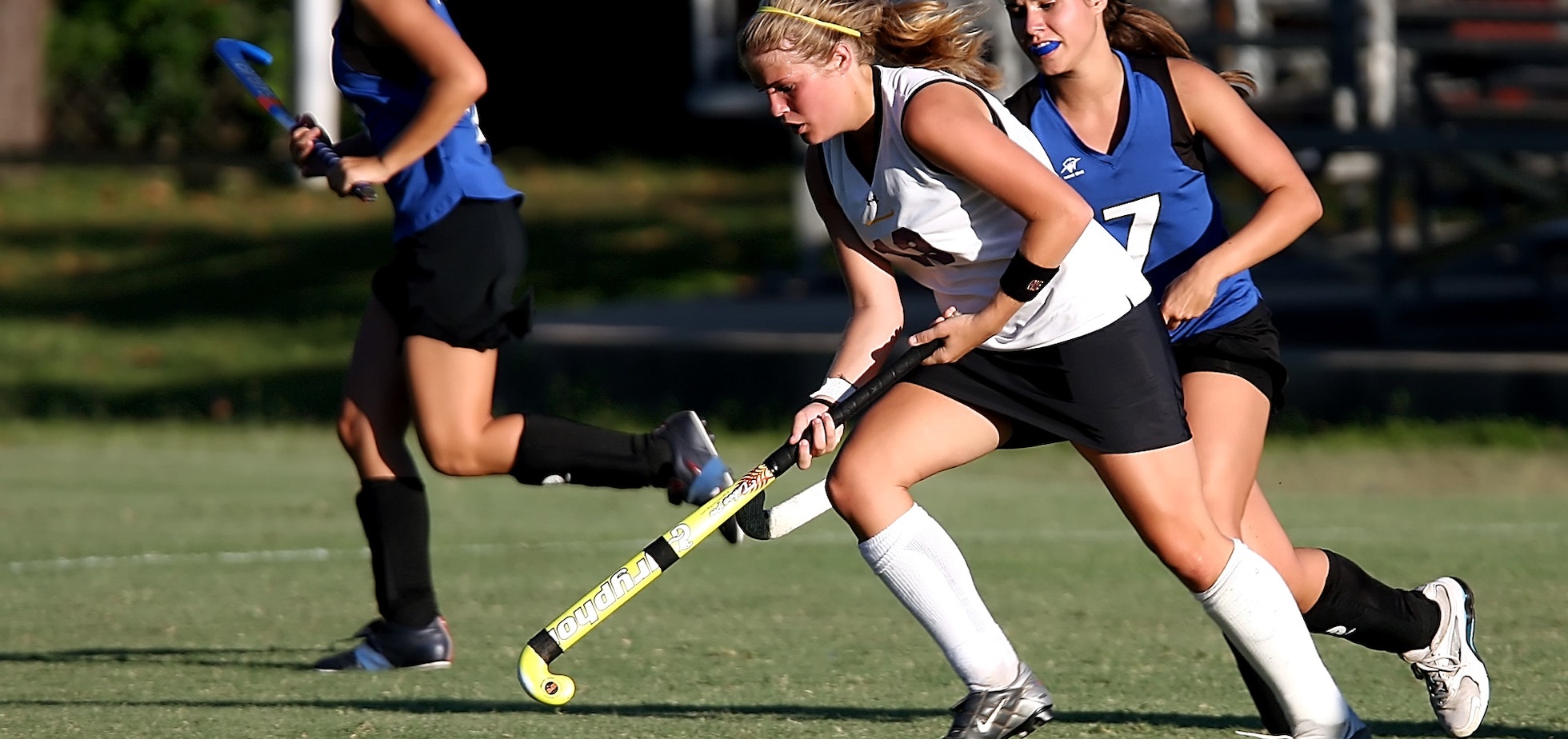Field hockey is one of the most popular female sports in the world. With its fast-paced gameplay and strategic elements, it has captivated millions of players and fans alike. From international competitions to local leagues, field hockey has become a global phenomenon, showcasing the skill, athleticism, and teamwork of female athletes. In this article, we will explore the reasons behind the immense popularity of field hockey among women and delve into the key factors that make it such a thrilling and engaging sport.
Field hockey offers a unique blend of physicality and finesse, making it a perfect fit for female athletes. The sport requires speed, agility, and endurance, as players navigate the field and strive to outmaneuver their opponents. Additionally, the technical aspects of stick handling, passing, and shooting demand precision and skill, which adds an exciting dimension to the game. With its emphasis on teamwork and strategy, field hockey provides a platform for female athletes to showcase their abilities and compete at the highest level.
Field Hockey Is One Of The Most Popular Female Sports.
Field hockey has a rich history that dates back centuries. It is believed to have originated in ancient civilizations such as Egypt, Persia, and Greece. The game as we know it today evolved from various forms of stick and ball games played in these early civilizations.
The modern version of field hockey began to take shape in the 19th century in England. The first hockey club, Blackheath, was established in 1849, and the first set of rules was formulated in 1875. The sport quickly gained popularity, and women were soon included in the game.
In 1887, the All England Women’s Hockey Association was founded, making field hockey one of the first team sports to be played by women. The association laid the foundation for women’s field hockey and organized the first international match between England and Ireland in 1895.
Over the years, field hockey continued to grow in popularity, with more countries adopting the sport and establishing their own national associations. The International Hockey Federation (FIH) was formed in 1924 to govern and promote the sport globally.
Field hockey made its Olympic debut in 1908 at the London Games. Since then, it has been a regular feature at the Olympics, showcasing the skills and talents of female athletes from around the world. The sport has also gained recognition through various international tournaments, such as the Hockey World Cup and the Champions Trophy.
Field Hockey Equipment and Rules
Field hockey requires specific equipment and has its own set of rules that players must adhere to. Here are some important details about the equipment and rules of field hockey:
Equipment:
- Stick: The stick used in field hockey is typically made of wood, fiberglass, or carbon composite materials. It has a curved end, called the head, which is used to control and hit the ball.
- Ball: The field hockey ball is usually made of hard plastic and is small and lightweight, allowing for quick and precise movements on the field.
- Shin Guards: Players wear shin guards to protect their legs from injury, as field hockey involves a significant amount of contact with sticks and balls.
- Mouthguard: A mouthguard is essential for protecting the teeth and jaw from potential impacts during the game.
- Goalkeeping Equipment: Goalkeepers have additional protective gear, including padded gloves, leg guards, and a helmet with a face mask.
Rules:
- Number of Players: Each team consists of 11 players, including one goalkeeper. The objective is to score goals by hitting the ball into the opponent’s goal while defending their own.
- Field Dimensions: The field hockey field is rectangular and measures 91.4 meters long and 55 meters wide. It is divided into two halves by a centerline.
- Game Duration: A field hockey match is typically divided into two halves of 35 minutes each, with a halftime break of 5 to 10 minutes.
- Penalties: Fouls and penalties can result in free hits, penalty corners, or penalty strokes, depending on the severity of the offense.
- Offsides: Similar to other team sports, field hockey has an offsides rule, which prevents players from positioning themselves in front of the opposing team’s goal before the ball.
Understanding the equipment and rules of field hockey is essential for players to participate effectively and enjoy the game. By following the rules and utilizing the right equipment, players can fully engage in the fast-paced and strategic nature of this popular female sport.



